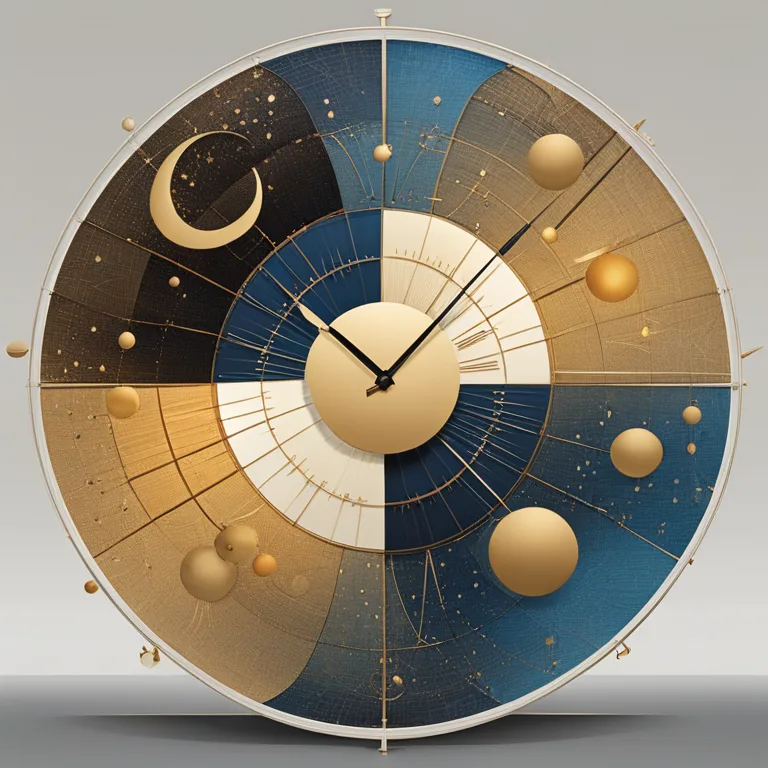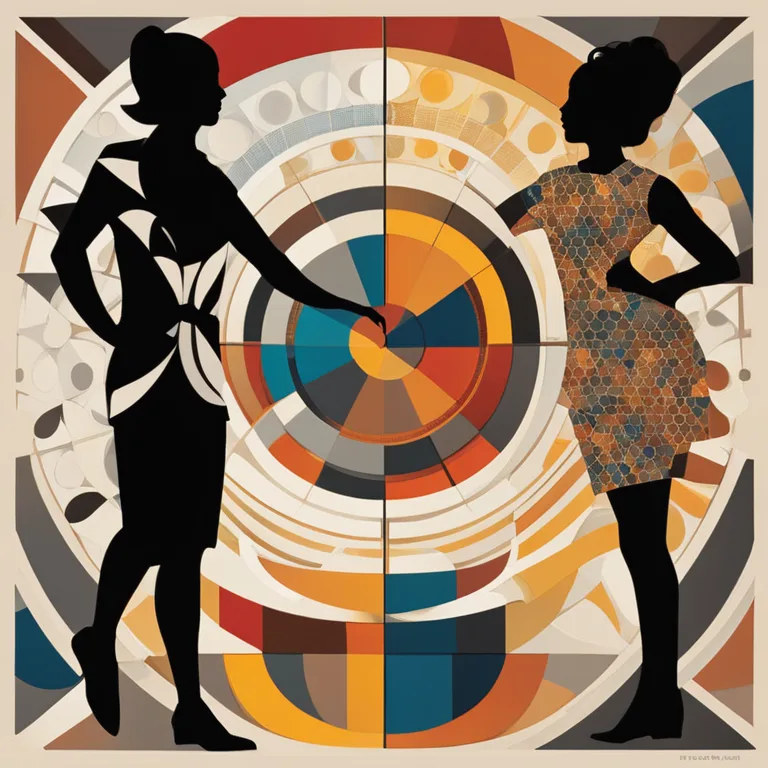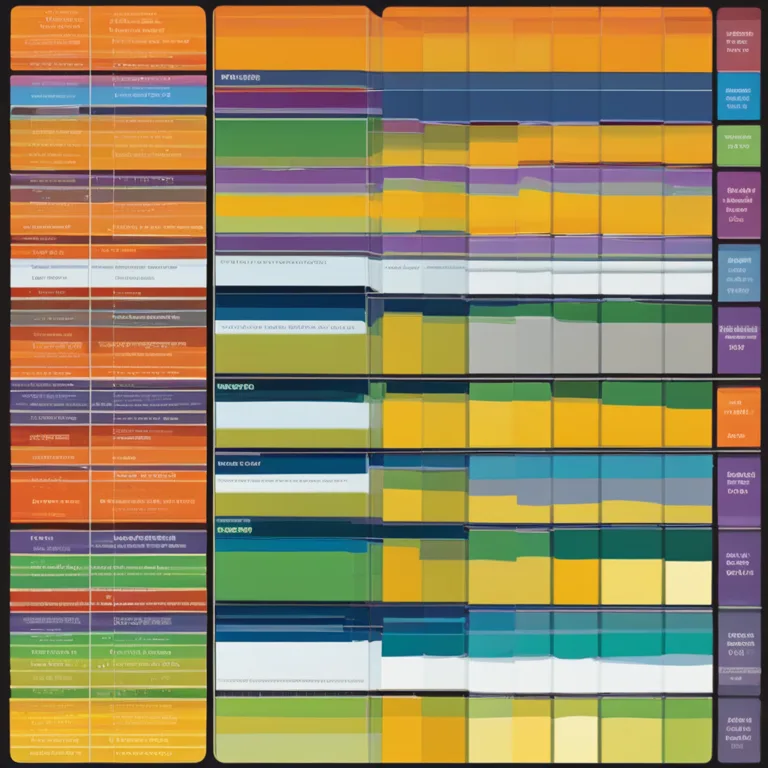
The Rhythms of Life: Understanding Your Biological Clock
Discover how the natural cycles of your biological rhythms shape your physical, emotional, and intellectual well-being, influencing your daily life and compatibility with others.
article by Adrian Wallace
Introduction to Biological Rhythms
Biological rhythms are the natural cycles that govern our bodies, influencing our physical, emotional, and intellectual states. Understanding these rhythms can help us optimize our daily activities, improve our health, and enhance our interpersonal relationships. The study of these rhythms, known as chronobiology, has revealed three primary cycles that affect human behavior: the circadian, ultradian, and infradian rhythms. In the upcoming sections, we'll explore each of these rhythms and how they can be harnessed for better living.

Circadian Rhythm: The Daily Dance
Our circadian rhythm is perhaps the most recognized biological cycle, running approximately on a 24-hour clock. It regulates our sleep-wake pattern, body temperature, hormone release, and other vital physiological processes. Light is the primary external cue that helps align this rhythm with the day-night cycle. Disruptions to the circadian rhythm, such as those caused by jet lag or shift work, can lead to sleep disorders, mood disturbances, and even chronic health issues. Recognizing the importance of consistent sleep patterns can aid in maintaining a balanced circadian rhythm.

Ultradian Rhythms: The Ebb and Flow of Energy
Ultradian rhythms are shorter cycles that occur within the span of a day, typically lasting from a few minutes to several hours. Examples include the 90-minute REM-NREM sleep cycle and the fluctuation of heart rate and appetite throughout the day. By paying attention to these ultradian rhythms, especially the cycles of rest and activity, we can better manage our energy levels and productivity. High-efficiency work intervals, followed by brief periods of relaxation, capitalize on the natural peaks and troughs of our energy levels.

Infradian Rhythms: The Monthly and Seasonal Shifts
Infradian rhythms last longer than a day, often observed on a weekly, monthly, or seasonal basis. The most commonly known infradian rhythm is the menstrual cycle, which can affect energy, mood, and cognition. Seasonal Affective Disorder (SAD) is also linked to infradian rhythms, with individuals experiencing mood variations based on the amount of daylight. By recognizing these patterns, one can plan activities that align with periods of higher energy or take measures to combat seasonal mood changes.

Biorhythms and Compatibility
Biorhythms also play a pivotal role in interpersonal relationships and compatibility. The interplay between partners' circadian rhythms can influence relationship satisfaction—think early birds versus night owls. Aligning leisure activities and work schedules to complement each other's natural rhythms can help enhance harmony and reduce conflict. Comprehending one's biorhythms is a step towards finding balance, both within oneself and in interactions with others.
Leveraging Technology for Rhythm Tracking
With the rise of wearable technology and health apps, tracking our biological rhythms has become increasingly accessible. From fitness trackers monitoring sleep patterns to applications that predict energy levels based on biorhythms, we have powerful tools to analyze and adapt to our internal clocks. As artificial intelligence and data analytics continue to evolve, the potential for personalized health recommendations based on our unique rhythms is vast and promising.
Final Thoughts
In an age where well-being is paramount, understanding and respecting our biological rhythms is fundamental. It empowers us to make informed decisions that bolster our health, foster productive habits, and nurture our relationships. As we continue to learn about these inherent cycles, we have the opportunity to live in greater harmony with the natural cadences of our bodies and our environment.
Published: 12/28/2023
Modified: 12/28/2023
More predictions
Come back here soon to learn more about yourself and your future


The Rhythms of Life: Delving into Biorhythm
Discover how biorhythm cycles influence your physical, emotional, and intellectual wellbeing, and how to track these patterns for optimal living.


The Mechanics of Biorhythms: A Comprehensive Guide
Discover how biorhythms influence your daily life with this detailed guide to the rhythms that govern our physical, emotional, and intellectual states.


The Origins of Biorhythm Theory Explored
Discover the historical and scientific roots of biorhythm theory, the concept that seeks to predict personal cycles of health, emotion, and intellect.